Healing Your Heels
It seems heels are only getting higher and higher, as women ignore the damage they’re causing to their bodies.
High heels force the foot into an unnatural position, causing abnormal pressure that can lead to swelling, ankle sprain, nerve and bone inflammation, and even hairline fractures. High heels generate pressure on the knees and calves, and can eventually cause pain and damage.
As you age, these ailments can eventually lead to more serious conditions, such as osteoarthritis or joint degeneration.
I’m sure this won’t stop women from wearing high heels, so here are a few tips that can help protect your feet from the damage of high heels.
1. Stop wearing high heels. (That’s obviously the ideal situation for your feet, although probably not the preferable answer)

2. The lower your heel, the more natural your foot position is. Try to reduce the height of the heels as much as you can.
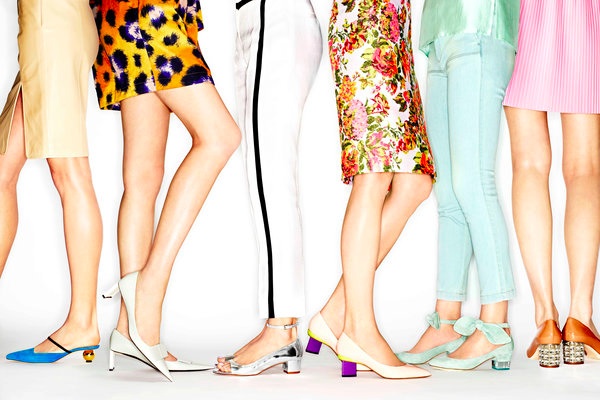
3. Avoid stilettos. The super narrow heels in stiletto shoes force all the weight into one pinpointed area, as if you’re walking on stilts.
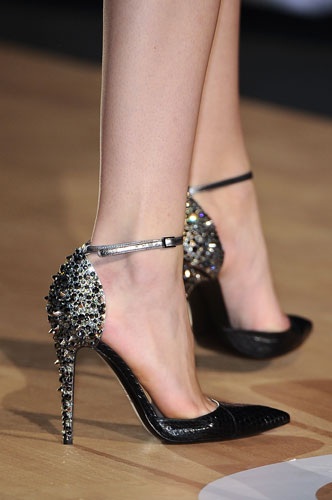
4. Try to stick to thicker heels and/or flatter wedges. Thick heels may still put pressure on the ball of the foot, but they distribute your weight more evenly, providing better stability.
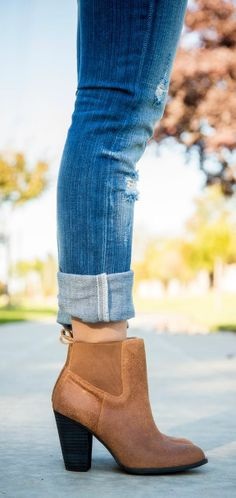
5. Avoid super pointy toes. They squeeze the front of your foot so tightly together that it can cause nerve pain, blisters, hammertoes, and even bruising under your toenails from the intense pressure.
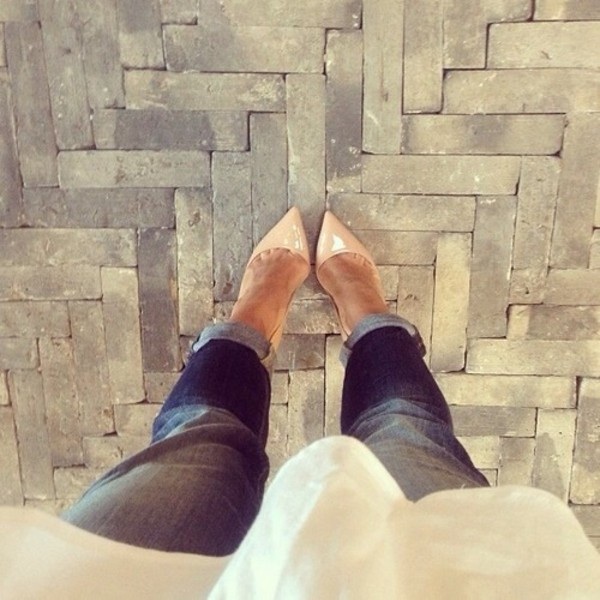
6. Buy over-the-counter inserts to at least give your foot some comforting padding.
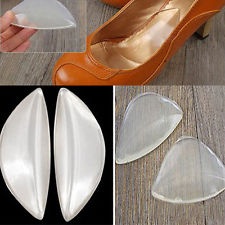
7. Measure your feet. 9 out of 10 women wear the wrong shoe size. You can have your feet measured at any shoe store, make sure to measure length and width.

8. If it looks unnatural, it probably is unnatural.
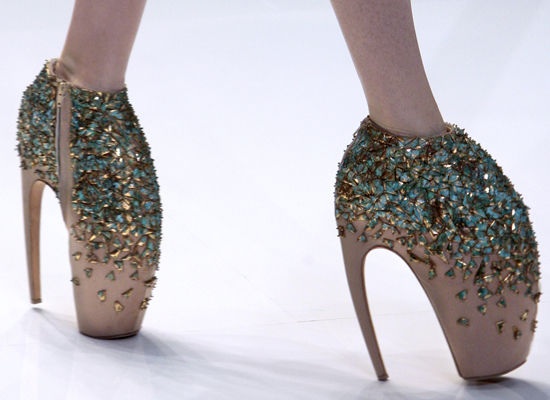
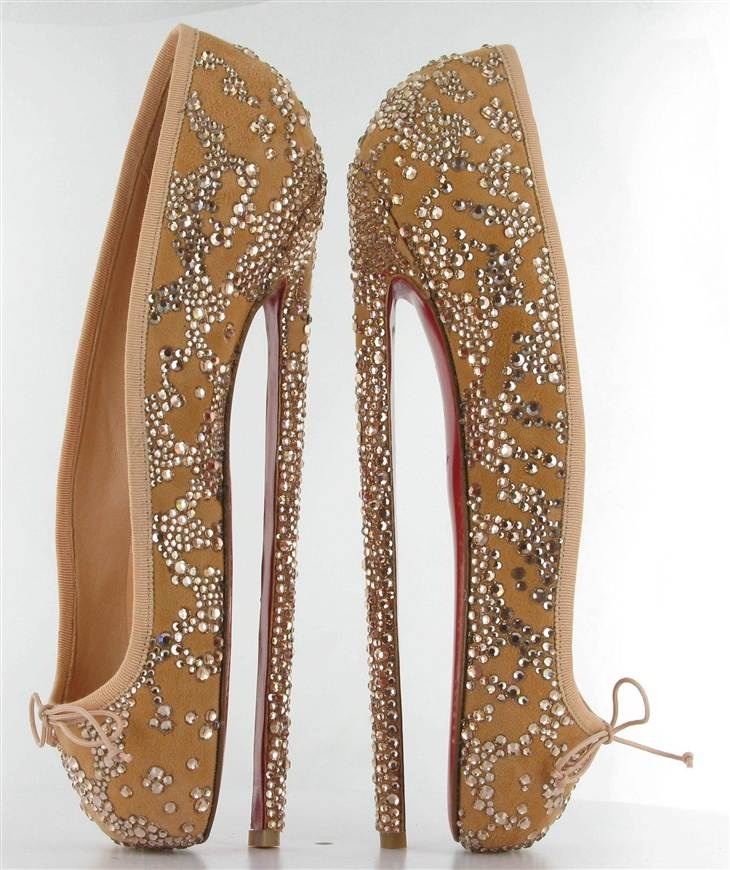
WE SAID THIS: Don’t miss Fall Trends to Try This Season.
